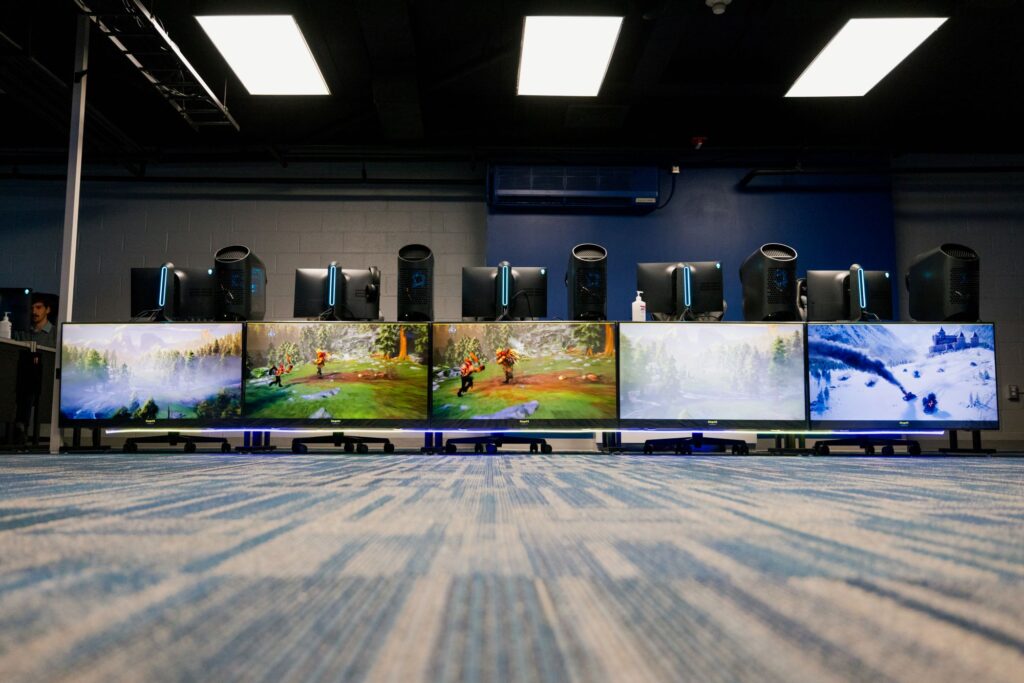
Esports, the global sensation of competitive gaming, is a multifaceted industry fueled by passion and skill.
Here’s a concise breakdown of how it all works:
Foundation:
Esports revolves around a variety of video game genres, including MOBAs, FPS, RTS, and sports simulations.
Each game presents its unique challenges and requires distinct skills.
Fostering a wide range of competitive opportunities within the esports ecosystem.
Competitive Structure:
Esports competitions are typically organized into tournaments, leagues, and championships, offering players various avenues to showcase their talents and vie for glory.
Tournaments are often standalone events featuring a series of matches culminating in a final showdown.
While leagues involve ongoing seasons where teams compete against each other in a structured format.
Teams and Players:
Just like traditional sports, esports teams are composed of talented players who specialize in specific roles within their respective games.
Teamwork, communication, and synergy are paramount as players collaborate to outmaneuver their opponents and achieve victory.
Broadcasting and Spectatorship:
One of the key elements that distinguish esports from traditional sports is its digital nature, which enables global accessibility and innovative forms of spectatorship.
Esports events are often broadcasted live on streaming platforms like Twitch, YouTube, and specialized esports networks.
Sponsorship and Revenue:
Behind the scenes, esports thrives on a complex ecosystem of sponsorships, advertising, merchandise sales, and media rights deals.
Major brands, tech companies, and entertainment giants recognize the immense reach and engagement potential of esports audiences, leading to partnerships and sponsorships.
The Future:
As esports continues to grow and evolve, it faces both opportunities and challenges on the horizon.
Technological advancements, such as virtual reality (VR) and augmented reality (AR), promise to revolutionize the esports experience, offering immersive gameplay and interactive viewing options.
Moreover, efforts to improve diversity, inclusion, and player welfare are crucial for ensuring the long-term sustainability and success of the industry.
In essence, esports is a dynamic blend of technology, competition, and entertainment, offering thrilling experiences for both players and spectators alike.

